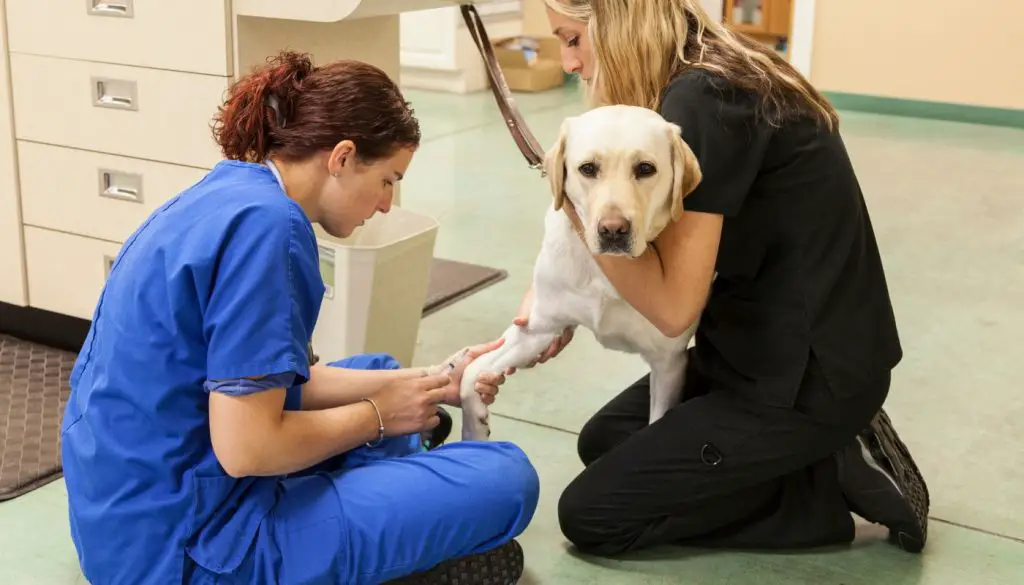Do Labrador Retrievers get along well with other pets? This is a question that many potential Labrador owners ponder, especially if they already have other pets in their household. Labrador Retrievers are known for their friendly and outgoing nature, but does this extend to their interactions with other animals? In this article, we will delve into the topic of Labrador Retrievers and their compatibility with other pets, providing a thorough exploration of their behavior, training, and potential challenges.
Do Labs Get Along With Other Pets?

Do Labs get along with other pets? The answer to this question really depends on the individual Lab and the other pet in question. Some Labs may get along famously with other pets, while others may be more prone to aggression or territorial behavior. Many Labs are great with other animals, and love to play and run around with them. However, there are some Labs who may become possessive of their toys or food, and may not be as tolerant of other animals. If you have a Lab and are considering adding another pet to your home, it is important to do your research and be aware of your Lab’s personality.
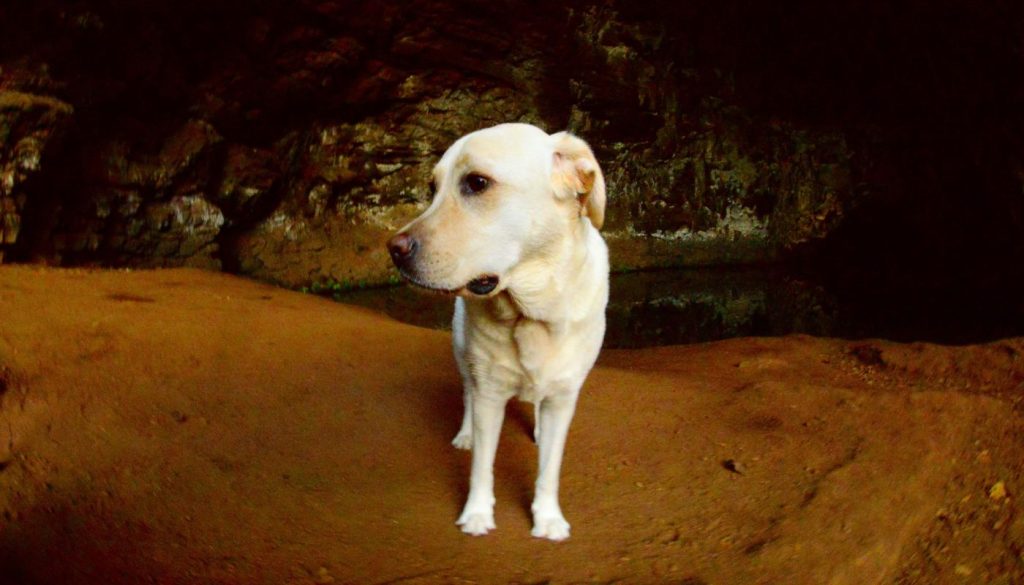
If you already have a pet and are considering getting a Lab, it is important to do a thorough introduction between the two animals. Make sure to keep a close eye on them during their first interactions, and be prepared to step in if needed. In general, Labs make great pets and get along well with most other animals. With a little preparation and patience, you can help make the introduction process go smoothly and have a happy, furry family.
One of the benefits of Labs is their great temperament. They are typically friendly, outgoing, and playful. However, Labs are also working dogs and have a lot of energy. This can sometimes lead to them being too rough with smaller animals, such as cats. If you have a cat, be sure to keep a close eye on them when the Lab is around and make sure to give the cat a place to hide if needed. Labradors are also very food-motivated, which can be a good thing or a bad thing, depending on the situation. On the one hand, this can make them easy to train. On the other hand, it can also lead them to beg for food from other animals in the house. If you have a pet that is not used to being around Labs, be sure to keep a close eye on them during mealtimes and make sure the Lab is not trying to steal their food.
Are Labradors Ok With Cats?
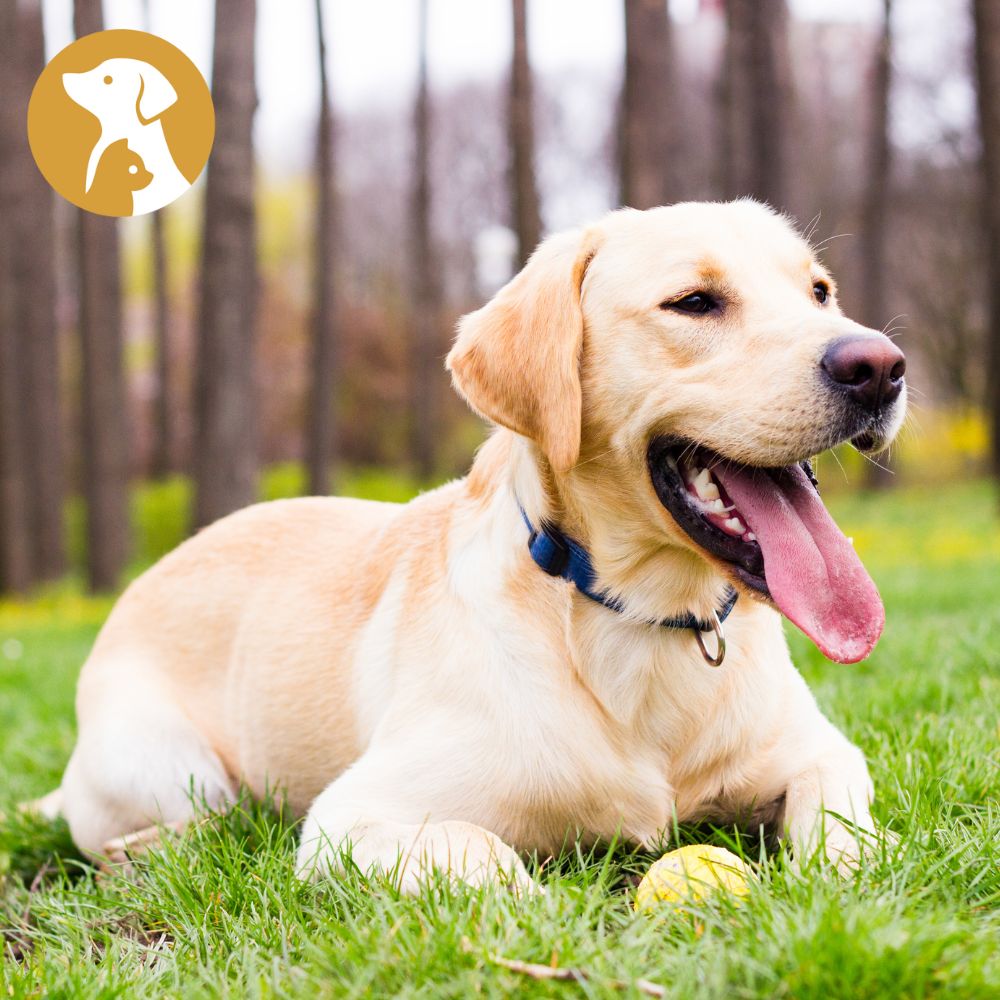
There’s a lot of debate surrounding the question of whether or not Labradors are ok with cats. Some people swear by the fact that Labs and cats can live in perfect harmony, while others believe that Labs are always destined to be cat killers. So, what’s the truth?
The reality is that it depends on the individual Labrador. Some Labs love cats and will be perfectly content to peacefully coexist with them, while others may be more inclined to chase or play with cats, which can lead to trouble. The best way to find out if your Labrador is ok with cats is to introduce them slowly and cautiously and keep a close eye on their interactions.
If you do have a Lab that seems to get along well with cats, be sure to always supervise them when they’re together and never leave them unsupervised, as even the most well-behaved Lab can get carried away in a game of chase. And, if you have a cat and are thinking of getting a Lab, be sure to keep an eye on your cat’s behavior around the dog – some cats may be fearful or aggressive around dogs and it’s important to make sure they can safely coexist.
Do Labs Like Having Another Dog Around?
There’s no one answer to this question, as each dog has his or her own personality and preferences. However, in general, most dogs enjoy the company of other dogs and will likely be happiest when living with at least one canine companion. Dogs are pack animals and, as such, they typically enjoy the company of their own kind. Not only do they enjoy having another dog around for companionship, but they can also learn a great deal from one another. Dogs are also more likely to get along with other dogs if they have been properly socialized from a young age.
That said, not all dogs get along with every other dog. If you’re considering adding another dog to your household, it’s important to do your research and make sure the two dogs you’re considering will be compatible. If you already have a dog and are considering adding a second, it’s important to take your dog’s personality into account when choosing a new pet. Not all dogs are cut out for life as a “two-dog household.” Some dogs simply prefer to be the only dog in the house. If your dog is one of these, it’s important to respect their wishes and not force them to share their space with another dog. On the other hand, some dogs love having a buddy to play with and will get along great with another dog. If you’re not sure whether your dog would enjoy having a canine companion, there are a few things you can do to test the waters.
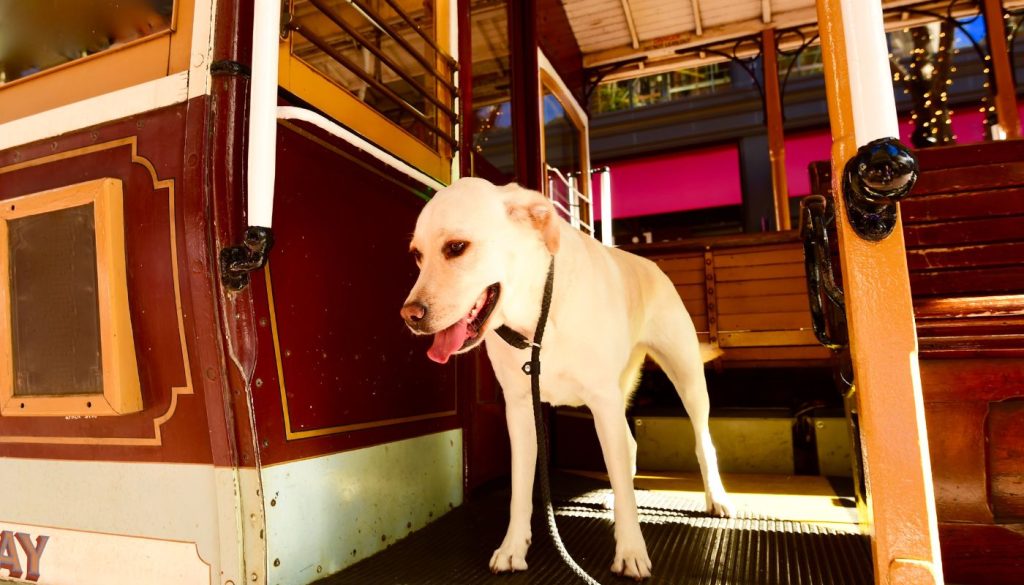
One way to test whether your dog is ready for a new dog is to bring a dog into your home for a short visit. This can be a friend’s dog, a neighbor’s dog, or even a dog you’ve seen at the park. If your dog seems excited and happy to see the new dog, it’ s probably a good sign that they would enjoy having a permanent canine companion. If your dog seems hesitant or scared around the new dog, it may be a sign that they’re not quite ready for a new addition to the family.
Another way to test your dog’s reaction to other dogs is to take them to a dog park or other populated area where they can see and interact with lots of dogs. This can be a great way to see how your dog reacts to other dogs of all shapes and sizes. If your dog seems happy and playful around other dogs, they’re probably ready for a new dog friend. If your dog seems hesitant or scared, they may not be ready for another dog just yet. If you decide that your dog is ready for a new canine companion, it’s important to take things slow at first. Try brnging the new dog home for a visit and let your dog get to know them gradually. If everything goes well, you
Are Labrador Retrievers Friendly To Strangers?
Labradors are one of the most popular dog breeds in the world for a reason – they are generally friendly, good-natured dogs that love people. This makes them a great breed for families and for those who want a dog that will enjoy spending time with them. However, while Labradors are typically amiable towards strangers, they will always be protective of their family and home.
Labradors were originally bred as working dogs, and they have retained many of their natural instincts and behaviors. One of these is their strong territorial instinct, which means that they will be especially wary of strangers coming into their home or yard. Labradors will usually bark and/or growl when someone they don’t know approaches, and they may even try to bite if they feel that their family is in danger.
It’s important to remember that Labradors are not mean or vicious dogs – they are just doing what comes naturally to them. With proper socialization and training, however, most Labradors can learn to be comfortable around strangers. If you have a Labrador, it’s important to be aware of this instinct and to take steps to ensure that your dog is safe and comfortable around people he doesn’t know.
Labs: Intelligence, Loyalty, and Adaptability
Labrador Retrievers, often referred to simply as Labs, are one of the most popular dog breeds in the world. They are known for their intelligence, loyalty, and gentle temperament. Labs were originally bred as hunting dogs, specifically for retrieving game in water. This heritage has shaped their personality, making them highly sociable and adaptable to different environments.
Friendly and Sociable Disposition
When it comes to living with other pets, Labs generally have a good track record. Their friendly and sociable nature often translates well to interactions with other animals. However, it’s important to note that each dog, regardless of breed, has its own unique personality, and individual behavior can vary. Therefore, it is crucial to consider the specific temperament and training of the Labrador in question, as well as the nature of the other pets in the household.
Energy and Introduction Considerations
Labrador Retrievers are known for their high energy levels, and this can sometimes pose a challenge when introducing them to other pets. This breed requires regular exercise and mental stimulation to prevent boredom and destructive behaviors. If a Labrador is not adequately exercised, it may become restless and potentially exhibit unwanted behaviors towards other pets, such as excessive chasing or rough play. Therefore, it is crucial to ensure that the Labrador’s exercise needs are met before attempting to introduce them to other animals.
The Role of Socialization
Another important factor to consider when assessing the compatibility of a Labrador with other pets is early socialization. Socialization refers to the process of exposing a puppy to various people, animals, and environments in a positive and controlled manner. Proper socialization during the early stages of a Labrador’s life can greatly influence their behavior towards other pets later on. By exposing them to different animals and teaching them appropriate behavior, Labs can learn to coexist peacefully with other pets.
Introducing Labrador Retrievers to Other Pets
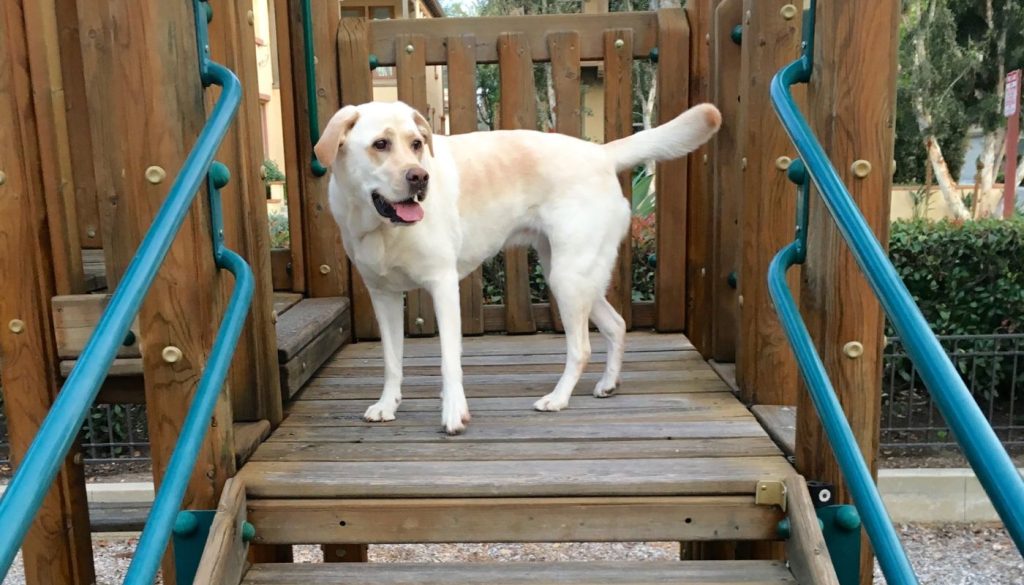
When introducing a Labrador Retriever to other pets, it is vital to do so in a controlled and supervised manner. Whether it’s a cat, another dog, or a smaller animal like a rabbit, initial interactions should take place in a neutral environment, such as a park or a fenced backyard. This allows the animals to meet without feeling territorial or threatened. It’s important to monitor their behavior closely during the first few interactions to ensure that they are comfortable and not exhibiting any signs of aggression or fear.
Training for Compatibility
Training is an essential aspect of ensuring a Labrador’s compatibility with other pets. Basic obedience training, such as teaching them to sit, stay, and come when called, is crucial. By establishing a strong foundation of obedience, you can better control your Labrador’s behavior around other pets. Positive reinforcement techniques, such as rewarding good behavior with treats or praise, can be highly effective in shaping a Labrador’s behavior and encouraging them to interact appropriately with other animals.
Prey Drive and Special Considerations
While Labs generally have a friendly disposition, it’s important to note that some individual dogs may have a stronger prey drive than others. This is particularly relevant when introducing a Labrador to smaller animals, such as rodents or birds. Labrador Retrievers have a history of being hunting dogs, so their instinct to chase and retrieve may be triggered when encountering smaller animals. It is essential to supervise these interactions closely and, if necessary, separate them to prevent any potential harm.
Harmony in Multi-Pet Households
The success of introducing a Labrador Retriever to other pets also depends on the existing pets’ temperament and behavior. If the other animals are fearful, aggressive, or not accustomed to interacting with dogs, the introduction process may be more challenging. In such cases, it may be necessary to seek professional guidance from a dog trainer or animal behaviorist to ensure a safe and harmonious coexistence.
ConcluSION
In conclusion, Labrador Retrievers generally have a good reputation for getting along well with other pets. Their friendly and sociable nature, when combined with proper socialization, training, and supervision, can create a harmonious environment for multiple pets. However, it’s important to remember that each dog is an individual, and compatibility with other animals can vary. By considering the specific temperament and needs of both the Labrador Retriever and the existing pets, and implementing appropriate training and socialization techniques, you can increase the likelihood of a successful and peaceful integration of your Labrador into a multi-pet household.

